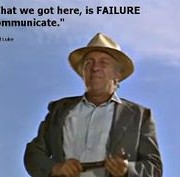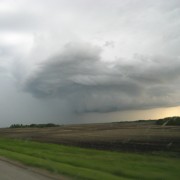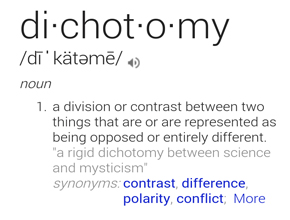Goals and Strategy
Never trade what you want most for what you want at the moment. It only leads to failure.
Those are profound words. While “failure” is not absolute, I believe in this perspective failure means “failure to reach your goal.”
What is your goal in business? What are you working for? Some business-people in primary production agriculture have defined their goals: one aggressive young farmer I know has made it clear that his goal is “to leave the land for the next generation in better condition then when he got it.” His desire for a newer tractor or more land never trumps his goal, and therefore his decisions reflect his goal.
I often speak to farmers who describe their goals as ” reducing debt” and “improving profitability” yet they trade those goals, whether consciously or unconsciously, for what they want in the moment (typically additional equipment)…which usually increases debt and can often have an adverse effect on short term profitability.
Does that mean the farm will fail? Does that mean the farmer is a failure? No. It means that there is failure is reaching the goal of reduced debt and increased profitability.
This leads me to circle back; ” What is your goal in business? What are you working for?”
We touched on this a few weeks back in Growing Farm Profits Weekly – Eat to Live or Live to Eat. It is no one’s place to tell you your goals are wrong. Just be honest with yourself about what’s really important, and expects results accordingly.
I work with farmers who acknowledge the need to have strong business goals that align with their personal goals. All of them are grateful to have some help to clear the air when making decisions and to take the emotion out of the equation. I have done the same in my own business: I have an advisor who I’ve hired to help me wade through the issues, and the emotional roadblocks, that could potentially affect my business.
Here are the Growing Farm Profits™ 3 Keys to Reaching Your Goals:
- Start with with a goal in mind, and set tactics later. Starting with tactics enters into a never-ending cycle.
- Plan for adversity, strategize how to adjust, and respond as required.
- Stay on course; get any and all help you need to keep from straying off the chosen path.
Direct Questions
What information do you need to allow you to clarify your business and personal goals? Who is helping you get it and sort through it?
Who do you lean on to help strategize when mapping your business and personal goals?
How do you manage the desire to trade what you want most for what you want in the moment?
From the Home Quarter
It is not unusual for farmers to get caught in the cycle of “head down, shoulder to the plough, get the work done, plant the crop – harvest the crop – sell the crop – repeat.” And after 20-odd years of doing just that, and finally looking up, most find that they’ve built something they never expected or planned for. Now facing the thought of planning for life after farming, many are asking “What now?”
Beginning with an end goal in mind is a critical key to successfully reaching that goal. Stay on course, and do not trade what is wanted most for what is wanted now.










